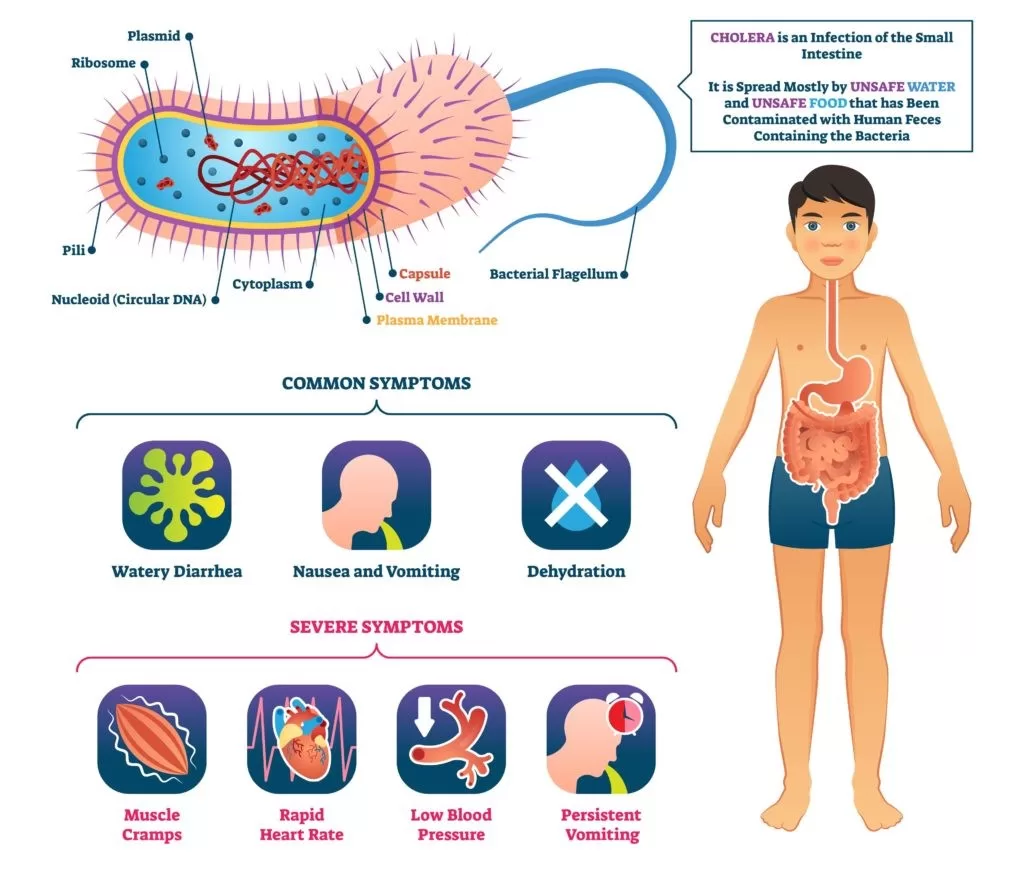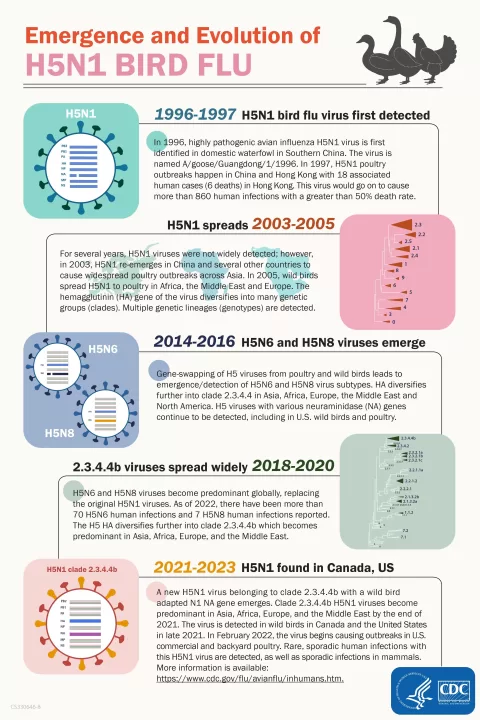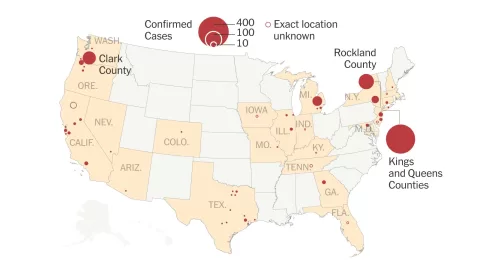Cholera is a dangerous and often overlooked infectious disease caused by the bacteria *Vibrio cholerae*, which primarily spreads through contaminated water. As a significant public health concern, cholera manifests through severe symptoms, including acute watery diarrhea that can lead to rapid dehydration. Recognizing cholera symptoms early is crucial for effective cholera treatment, as the disease can escalate into a life-threatening condition within hours. In addition to understanding the immediate symptoms, preventing cholera is essential for safeguarding communities, especially during current cholera outbreaks. This guide will explore the symptoms, treatment options, and actionable steps to prevent cholera, empowering readers to take informed action against this severe health threat.
Often referred to as the “blue death,” cholera remains a persistent global health challenge, affecting millions worldwide through poor sanitation and inadequate access to clean drinking water. This disease can lead to life-threatening dehydration, as exemplified by its notable symptoms like intense watery diarrhea and vomiting. Tackling this peril requires timely intervention and effective cholera treatment to mitigate its devastating effects. Additionally, ongoing efforts in preventing cholera outbreaks are critical in areas where the bacterial agent *Vibrio cholerae* is prevalent. Understanding the mechanisms of this infection and its ramifications is essential for health practitioners and communities alike.
Understanding the Symptoms of Cholera
Cholera manifests as a rapid onset of profuse watery diarrhea, often described as “rice-water stools” due to its pale and cloudy appearance. This symptom can lead to extreme fluid loss, resulting in dehydration within hours. Other significant signs include severe vomiting and intense thirst, as the body desperately attempts to compensate for losses. As a result, affected individuals may also exhibit symptoms of dehydration such as dry mouth, muscle cramps, and decreased urine output, emphasizing the importance of recognizing these symptoms early.
Interestingly, a substantial number of cholera infections—up to 75%—can occur asymptomatically, allowing the bacterium *Vibrio cholerae* to spread unnoticed in communities. This characteristic complicates public health efforts to contain outbreaks, thus reinforcing the urgent need for vigilance and public health education. Awareness campaigns that focus on recognizing the symptoms of cholera are essential, especially in areas prone to outbreaks, enabling timely interventions and treatment.
Current Cholera Outbreaks Worldwide
The landscape of cholera outbreaks is stark, with recent incidents highlighting ongoing risks even in regions previously considered safe. For instance, the recent UK outbreak linked to contaminated food sources serves as a reminder that cholera can re-emerge under certain conditions. With confirmed cases arising quickly, public health responses that monitor food safety and hygiene practices are crucial to preventing wider spread. The situation underscores the dynamic and unpredictable nature of cholera outbreaks.
Furthermore, the cholera outbreak in Zimbabwe, marked by nearly 12,000 reported cases, underscores a critical public health challenge. The dire sanitation conditions in affected areas have exacerbated this situation, revealing how vulnerability to cholera is significantly tied to infrastructural and socio-economic factors. Health authorities are now grappling with the dual challenge of addressing immediate medical needs and long-term improvements in sanitation and public health awareness to mitigate future outbreaks.
Effective Treatment Strategies for Cholera
The cornerstone of cholera treatment is rapid rehydration, crucially important as the loss of fluids can lead rapidly to acute medical crises. For mild to moderate cases, oral rehydration solutions (ORS) can be effectively used to replace lost fluids and electrolytes at home. These solutions are widely available and essential for managing symptoms before medical help can be sought.
In severe cases, intravenous rehydration becomes necessary, especially for patients unable to keep down fluids due to extreme vomiting. Along with rehydration, antibiotics may be prescribed in certain situations to shorten the duration of illness and mitigate symptoms. However, the priority remains on immediate rehydration, highlighting the critical need for protocols and training in areas vulnerable to cholera outbreaks to ensure that healthcare providers can respond efficiently.
Preventing Cholera: Key Strategies and Public Health Measures
Preventing cholera primarily hinges on ensuring access to clean drinking water, an essential component in combating this disease. Communities must be equipped with sustainable water purification systems and health education campaigns to inform the public about the risks of untreated water sources. Furthermore, efforts to improve sanitation and hygiene practices play a pivotal role in curbing cholera transmission, necessitating coordination between governments and health organizations.
Public health education must also encompass the recognition of cholera symptoms and the importance of seeking immediate medical care. Such awareness initiatives empower communities to be proactive rather than reactive when it comes to health issues. The integration of prevention strategies, particularly during outbreaks, significantly reduces the incidence of cholera, ultimately saving lives and resources.
The Importance of Awareness in Cholera Control
Raising awareness about cholera symptoms and treatment options is essential in controlling the spread of this disease. Public health campaigns should focus on educating communities about recognizing the early signs of cholera and the critical importance of seeking swift medical intervention. Such initiatives can lead to faster reporting of cases, which in turn allows for quicker containment and treatment, ultimately preventing further transmission.
Moreover, continuous public education can reinforce hygiene practices, bolster health literacy, and promote the use of sanitary drinking water. In areas where cholera outbreaks have previously occurred, re-engaging the community through workshops and informational sessions can sustain awareness and preparedness against future outbreaks, pulling together the collective strength of residents to address the shared risk of cholera.
Frequently Asked Questions
What are the common cholera symptoms to look out for?
Cholera symptoms primarily include acute watery diarrhea, vomiting, and intense thirst due to dehydration. Signs of dehydration such as dry mouth and low blood pressure are also common. It’s important to note that around 75% of cholera-infected individuals may be asymptomatic, making awareness crucial in detecting and addressing outbreaks.
How can cholera be effectively treated after infection?
Cholera treatment focuses mainly on immediate rehydration. Oral Rehydration Salts (ORS) are recommended for mild to moderate cases, while severe cases may require intravenous fluids. Antibiotics can be utilized to reduce the duration of the disease, but the priority remains on rapid rehydration to prevent dehydration-related complications.
What are some effective strategies for preventing cholera outbreaks?
Preventing cholera involves ensuring access to clean drinking water, promoting sanitation and hygiene practices, and implementing public health education. Communities should be informed about cholera symptoms and the importance of seeking medical help to curb potential outbreaks.
Where are the current cholera outbreaks occurring globally?
Recent cholera outbreaks have been reported in various locations, including Zimbabwe, where nearly 12,000 cases were noted since August 2024. In March 2025, a cholera outbreak in the UK linked to contaminated food sources was also confirmed. Staying informed about such outbreaks is essential for timely response and prevention efforts.
What should individuals do if they observe cholera symptoms?
If someone exhibits cholera symptoms, especially in outbreak-affected areas, it’s critical to seek medical attention immediately. Early intervention can significantly improve outcomes, emphasizing the need to stay vigilant and informed about cholera, its symptoms, and treatment options.
| Key Points | Details |
|---|---|
| What is Cholera? | Cholera is a severe infectious disease caused by the bacterium *Vibrio cholerae*, leading to potentially fatal diarrhea and dehydration. |
| Symptoms of Cholera | – Acute watery diarrhea – Vomiting – Increased thirst – Signs of dehydration, including dry mouth and low blood pressure. |
| Recent Outbreaks | – **UK Outbreak (March 2025)**: Four cases linked to contaminated food. – **Zimbabwe Outbreak**: Nearly 12,000 reported cases since August 2024. |
| Treatment for Cholera | – Oral Rehydration Salts (ORS) for mild cases. – Intravenous Fluids for severe cases. – Antibiotics may be used. |
| Prevention of Cholera | – Ensuring access to clean water – Practicing sanitation and hygiene – Public health education on prevention and symptoms. |
| Current Recommendations | – Monitor and report symptoms rapidly. – Continuous public awareness campaigns about cholera. |
Summary
Cholera is a serious public health issue that can be effectively managed with timely intervention and preventive strategies. Understanding cholera’s symptoms, including severe diarrhea and dehydration, is crucial for rapid treatment and can save lives. Proper sanitation, access to clean drinking water, and public health education are essential measures to prevent the spread of this disease. As outbreaks continue to occur in various regions, it is imperative for communities and individuals to remain vigilant and responsive to cholera symptoms, ensuring they seek medical attention as soon as symptoms arise.
The content provided on this blog (e.g., symptom descriptions, health tips, or general advice) is for informational purposes only and is not a substitute for professional medical advice, diagnosis, or treatment. Always seek the guidance of your physician or other qualified healthcare provider with any questions you may have regarding a medical condition. Never disregard professional medical advice or delay seeking it because of something you have read on this website. If you believe you may have a medical emergency, call your doctor or emergency services immediately. Reliance on any information provided by this blog is solely at your own risk.








